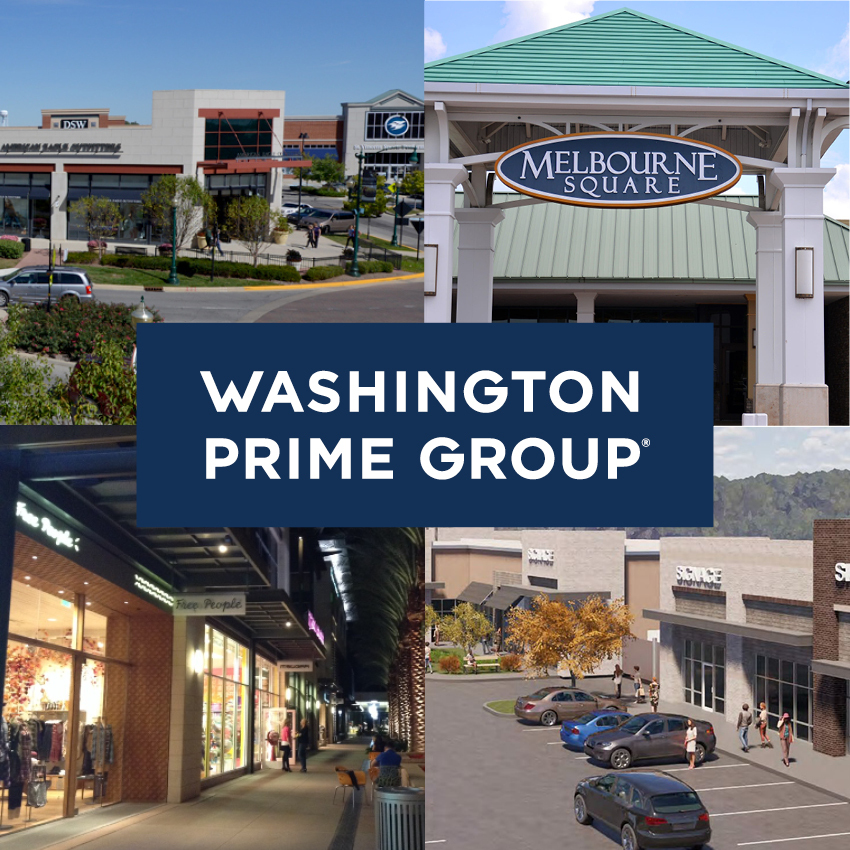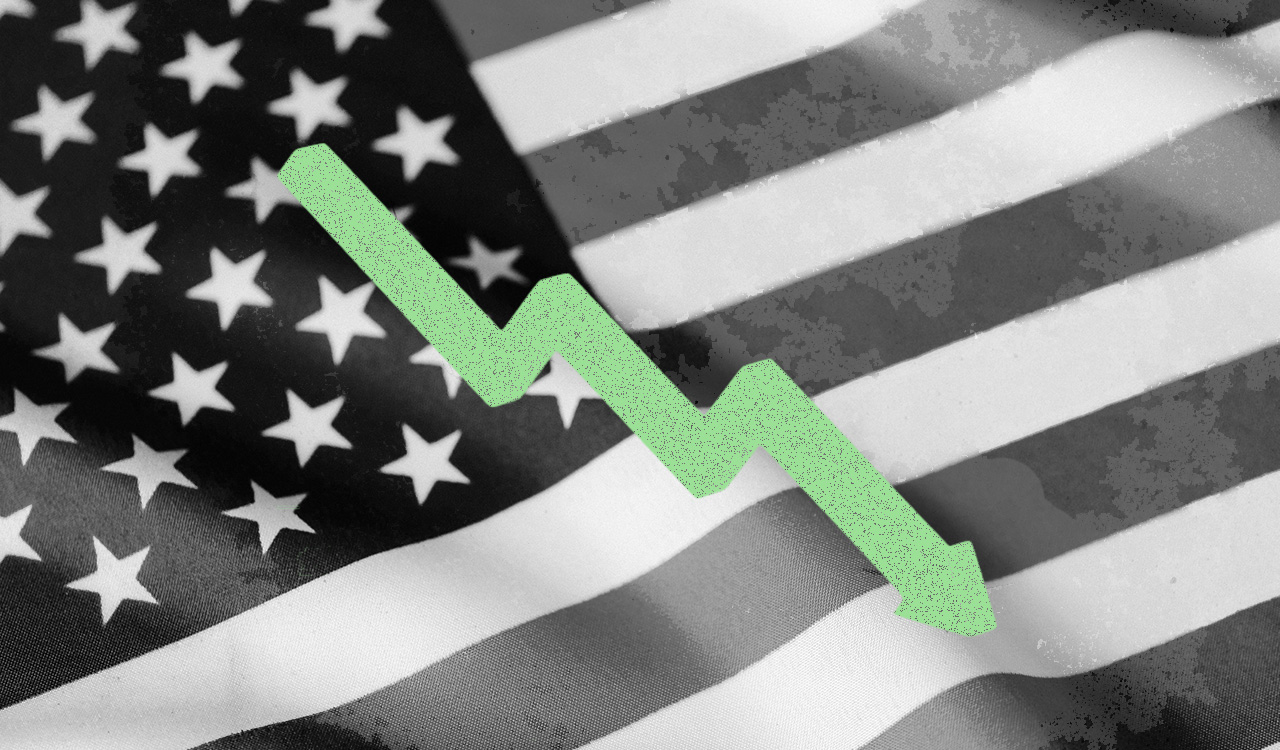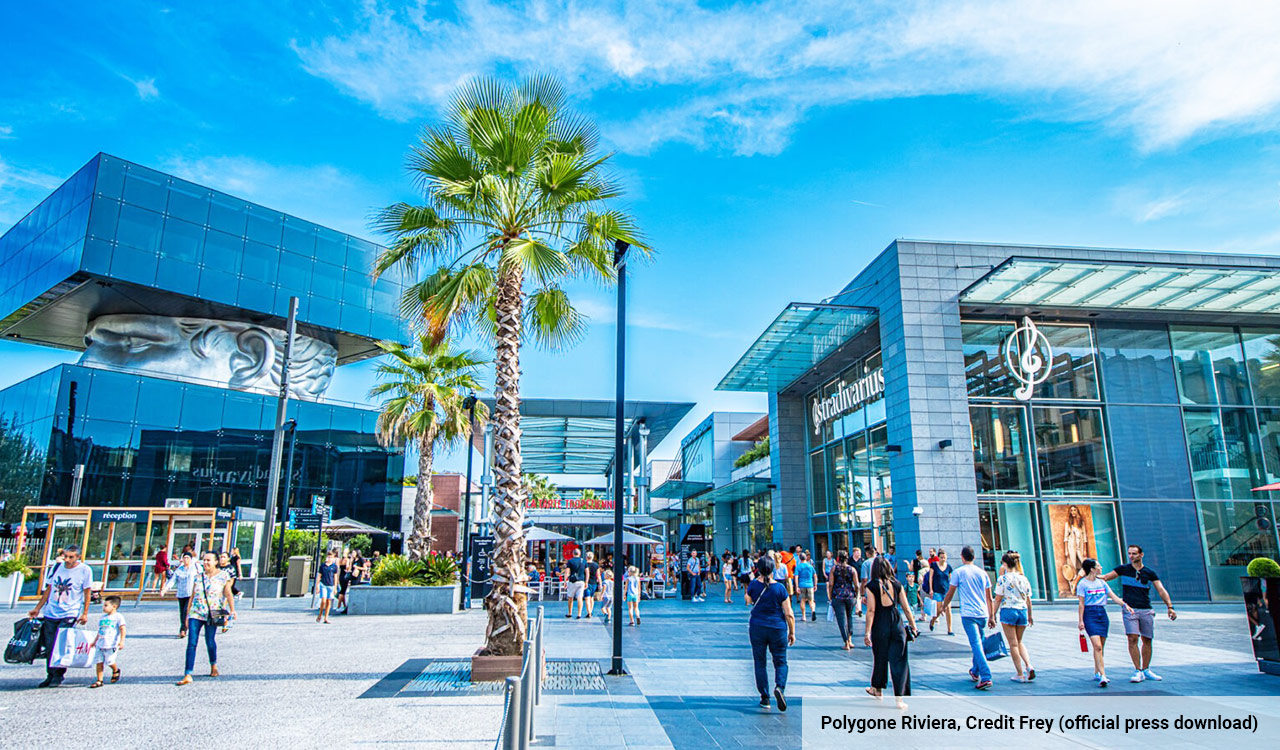In some ways, this week’s Chapter XI filing by shopping center REIT Washington Prime Group seemed preordained. However, it’s instructional to recall that at the time of its formation in 2014, WPG was seen as a potential rising star adopting a sound strategy: burnishing a portfolio of mid-level malls into attractive and engaging properties, all at a manageable level of investment.
Washington Prime Portfolio
With a fleet of roughly 100 shopping centers nationwide, Washington Prime was initially set up to absorb a roster of B and C malls being divested by Simon Properties. By offloading those malls, Simon could concentrate on optimizing its core portfolio of premium A and B+ properties. At the same time, the acquisition provided an opportunity for WPG to focus its seasoned management team on optimizing and reenergizing a fleet of decent, mid-level properties. In 2015, WPG also acquired Glimcher Realty Trust, a niche player with its own 28-mall portfolio consisting of mid-grade malls based largely in the Midwest and Western states.
[callout]WPG was widely viewed as a shopping center contrarian – a virtual case study on how a fleet of ordinary but unremarkable centers could be transformed into a productive and profitable real estate portfolio.[/callout]
Moreover, the fundamentals behind Washington Prime Group appeared strong at the start. Its properties spanned the U.S., somewhat insulating the company from regional and local threats and economic fluctuations. And WPG’s malls were well-regarded in their localities as attractive properties providing a comfortable shopping experience.
A Shopping Center Contrarian
Moreover, WPG was widely viewed as a shopping center contrarian – a virtual case study on how a fleet of ordinary but unremarkable centers could be transformed into a productive and profitable real estate portfolio. Lou Conforti, its president and CEO, was seen as a charismatic leader whose team would convert WPG’s prosaic malls into livelier and more engaging properties. Conforti’s background as a principal at Colony Capital and a range of other highly respected financial entities seemed to ensure a high level of fiscal acumen at the top.
In an interesting twist, WPG outdid many of its peers in the realm of social responsibility. The company defined itself early on as a leader in sustainable operations, including energy-efficient LED lighting, smart water conservation systems and vehicle charging stations. It launched an “ESG at WPG” initiative pledging to advance environmental, social and governance initiatives in the markets in which it operated. In other words, WPG checked all the boxes when it comes to managing retail real estate from an ethical, socially conscious mindset, and being a “good neighbor” to its mall communities.
What Went Wrong?
For one thing, the impact of the pandemic placed WPG’s mid-level malls directly in the crosshairs of the burgeoning ecommerce onslaught. Frightened consumers – holed up in their homes for a seemingly indefinite timeframe – grew accustomed to ordering whatever they needed from online sources. In response, Wall Street veered away from retail REITs in general, and wary investors fled any REIT with a heavy concentration of sub-A level properties. So, the financial backbone of WPG, never sturdy from the outset, completely collapsed. In the end, bankruptcy became the only option available, holding out a potential (albeit slim) lifeline through the Chapter XI restructuring process.
Ultimately, executive competency was not enough to save WPG. The WPG leadership team – despite decades of collective management experience — lacked the imagination or resources necessary to fully transform their outdated properties into the types of mixed-use, shop-work-play environments that are most appealing to today’s consumers.
The lesson of WPG’s demise is clear: In today’s highly challenged shopping center sector, you will not succeed by simply being a good manager of mid-level malls. Rather, you must recreate the entire shopping center experience from the bottom up and exert an irresistible pull on the consumer which cannot be duplicated by Amazon – or anywhere else online.
And that was the terminal failure of Washington Prime Group.



